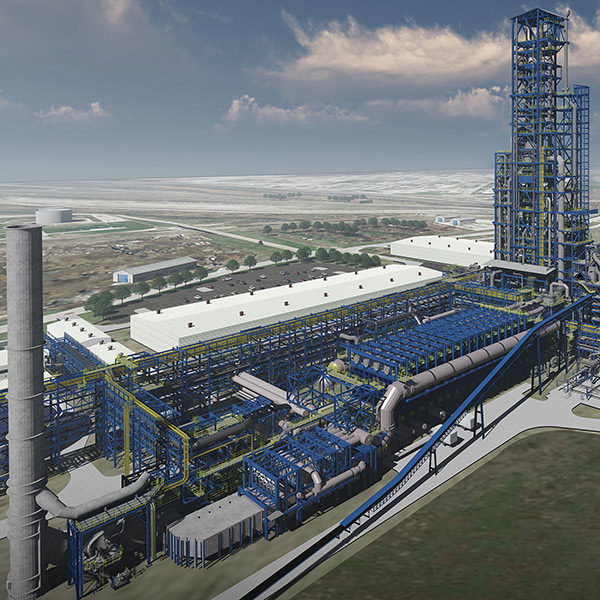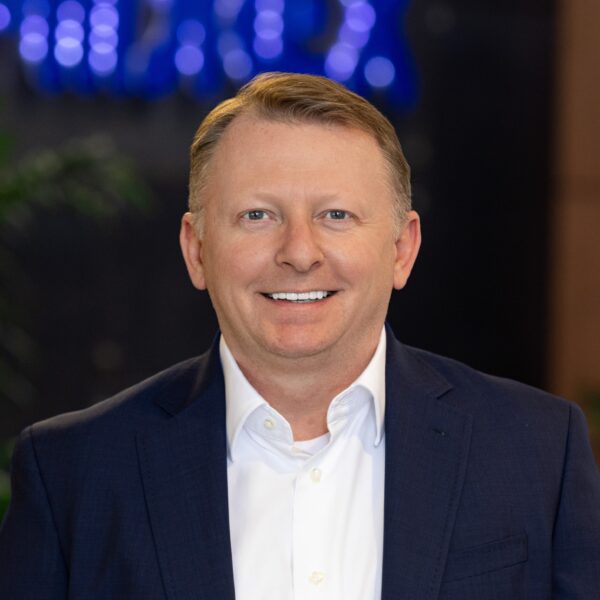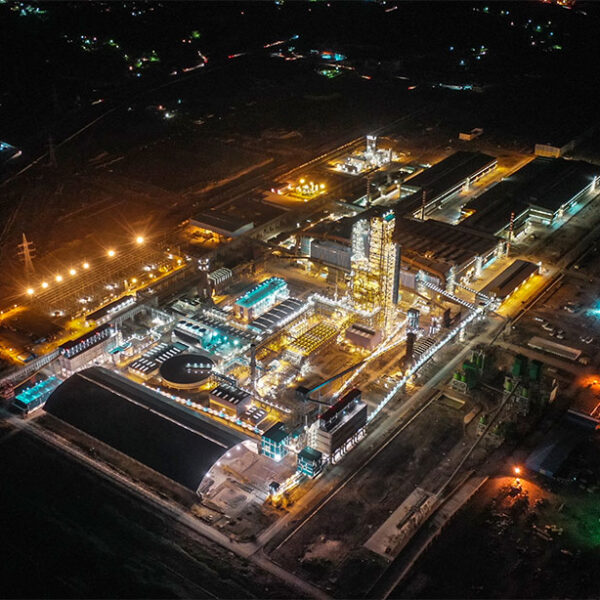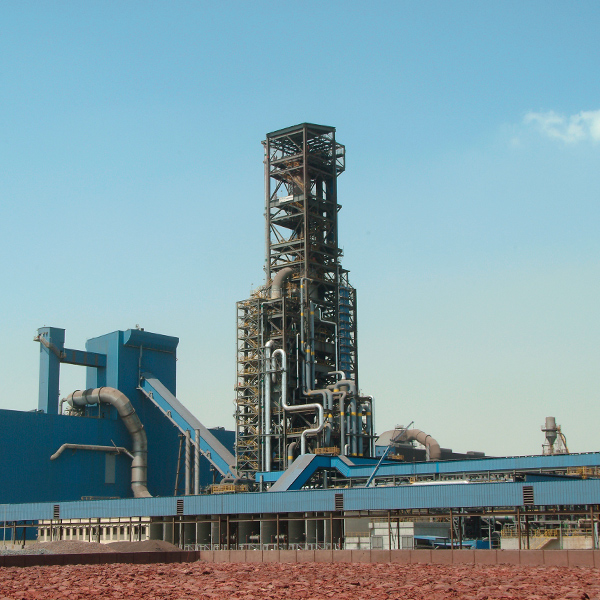LONGEVITY, PERFORMANCE, AND RELIABILITY: Hallmarks of MIDREX® Plants

All you have to do is look at the MIDREX® Direct Reduction Plant owned and operated by ArcelorMittal Hamburg to see an example of all three of these superlatives.
The plant was started up in 1971, as one of the first based on the MIDREX Process, and today it has a key role in ArcelorMittal’s project to use hydrogen on an industrial scale to produce DRI for its steel production process. Throughout its 51 years, the Hamburg plant has experienced many rides on the steel industry roller coaster, as the global demand for steel responded to fluctuations in economics trends. But whether asked to produce at well over its original design capacity or in a turndown mode, the plant always maintained the high quality of its DRI and its operating efficiencies. The same can be said for most of the other 90+ MIDREX Modules located throughout the world.
Over the years, Midrex has remained focused and committed to the principles on which it was founded:
- Designs must be simple, flexible, and reliable.
- Innovations and improvements must be responsive to client needs.
- Interactive information flow is essential for technology to remain relevant.
- People must be empowered to take ownership of ideas and produce sustainable results.
The Midrex business model is built on the concept of renewable technology – a self-sustaining cycle that blends science, engineering, and commercial expertise with real-world experience to identify business opportunities and transform them into sustainable solutions. A key element is the two-way technology transfer program between Midrex and its customers, in which design improvements
and operational expertise are shared throughout the operating life of a plant.
Since the original protype production plant was started up in 1969, Midrex engineers have added to the body of technology with enhancements and upgrades to furnace capacities, reductant and fuel sources, heat recovery, and utilities consumption by working closely with with existing plant operators and engineering partners. As a result:
- Single module plants have increased in capacity from 150,000 metric tons per year (t/y) to 2.5 million t/y.
- Plant designs have been implemented for cold DRI (CDRI), hot DRI (HDRI), and hot briquetted iron (HBI), and any combination of DRI forms on-demand from a single module.
- Various methods for transporting HDRI to a melting furnace to suit any steel mill configuration have been installed.
- Reductant options including 100% natural gas, partial natural gas replacement by hydrogen, and 100% hydrogen are available.
- Widest range of ironbearing materials in either pelletized or natural-occuring lump form can be processed.
Midrex is taking a leading role in the decarbonization of the global steel industry with the backing of our owner and partner, Kobe Steel Ltd (KSL). We are combining the direct reduction technology of Midrex with the blast furnace operation expertise and know-how of KSL to demonstrate an enhanced method of BF operation.
The success of Midrex is founded on the results achieved by plants operating with MIDREX Technology. For this reason, we are dedicated to providing our customer with the most cost-efficient plant designs, based on the most reliable and best-proven technology, supported by highly experienced personnel providing the broadest suite of plant services.


